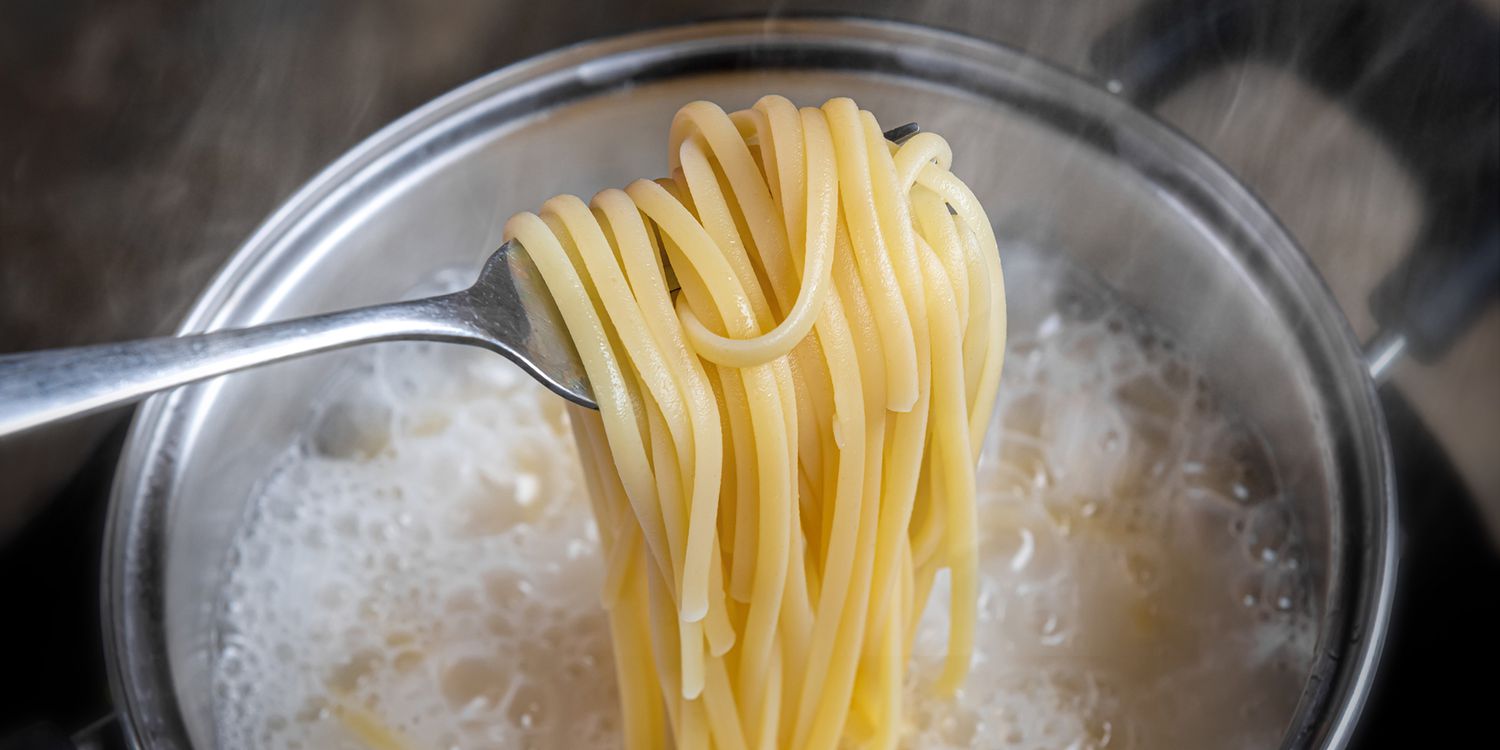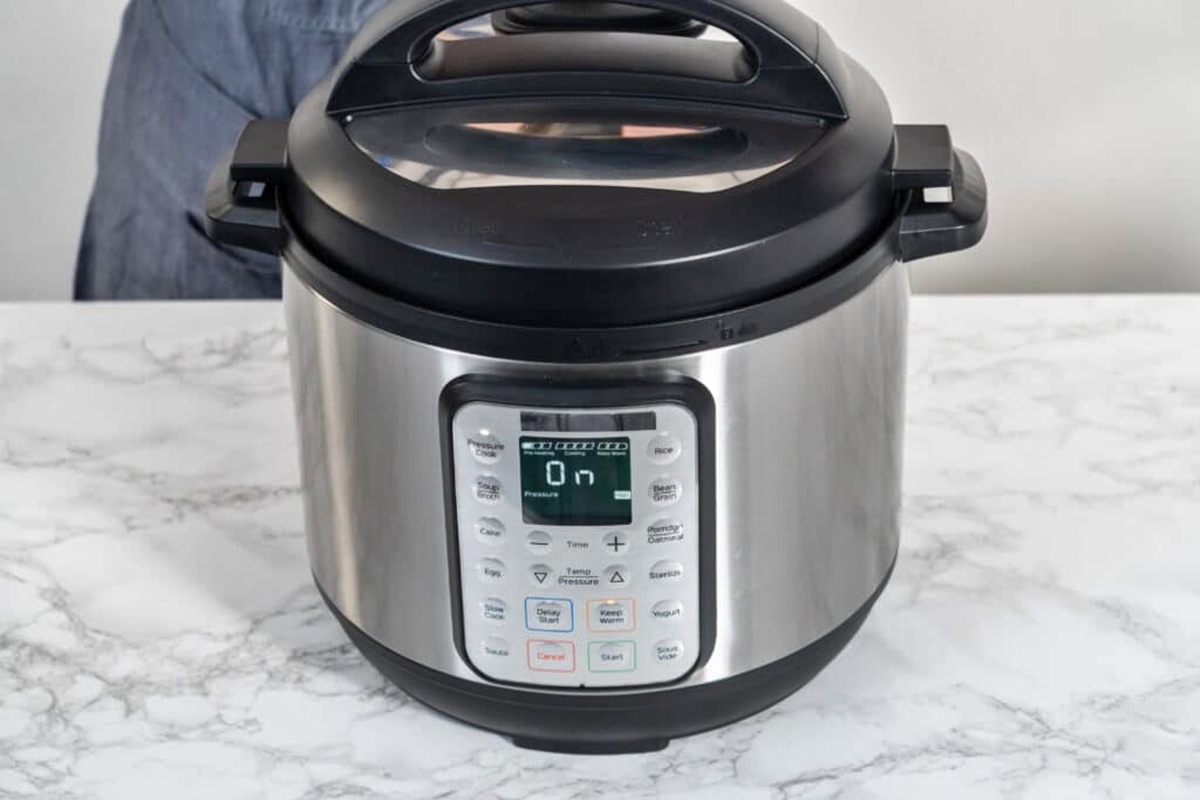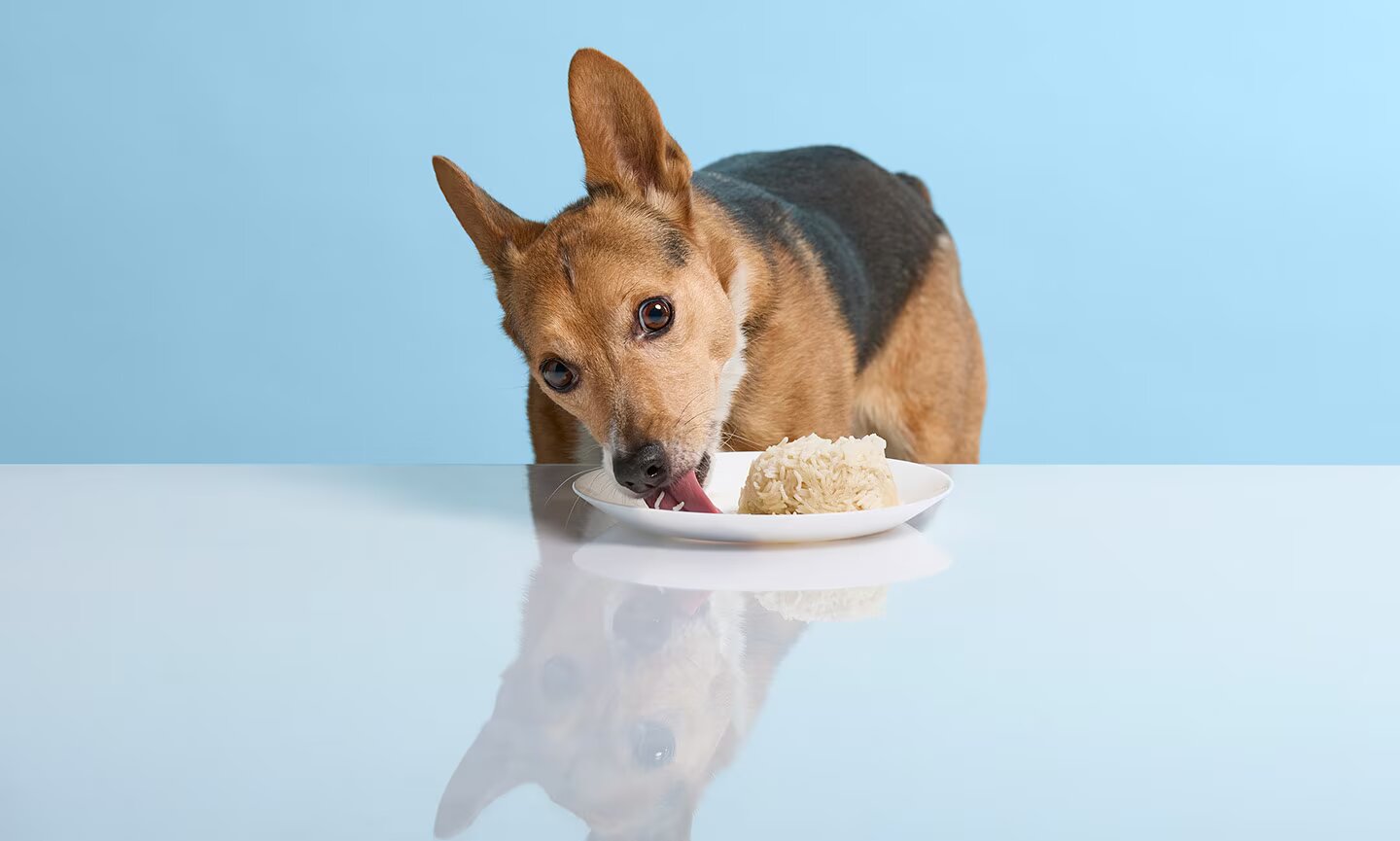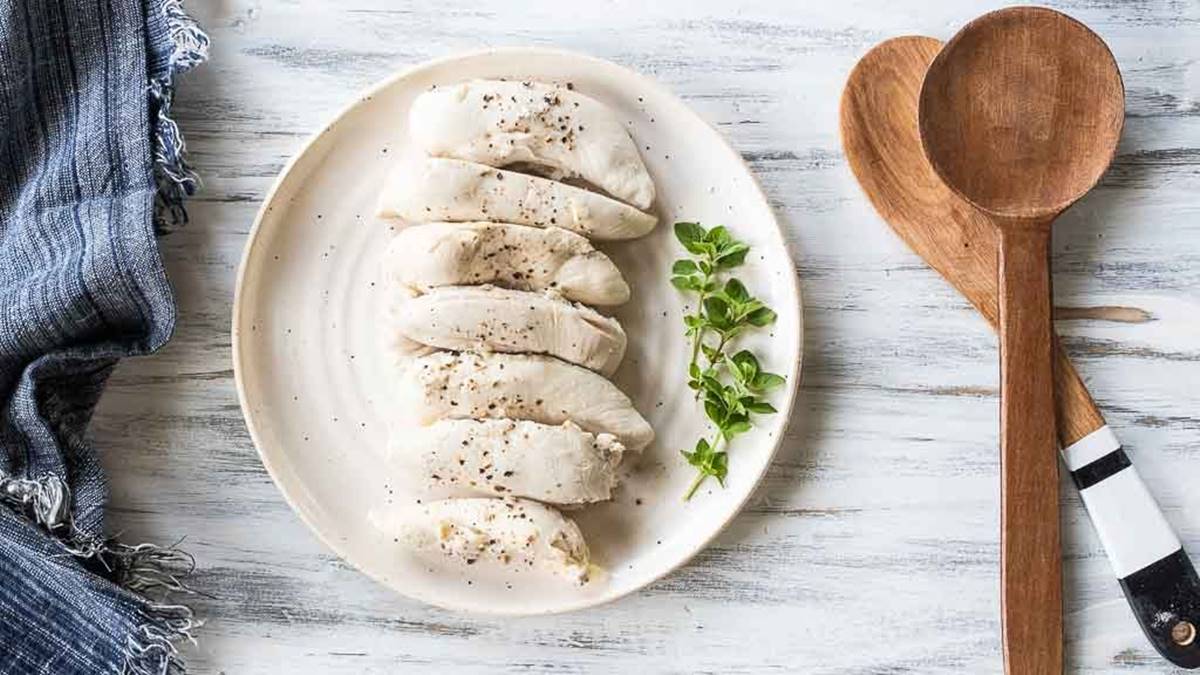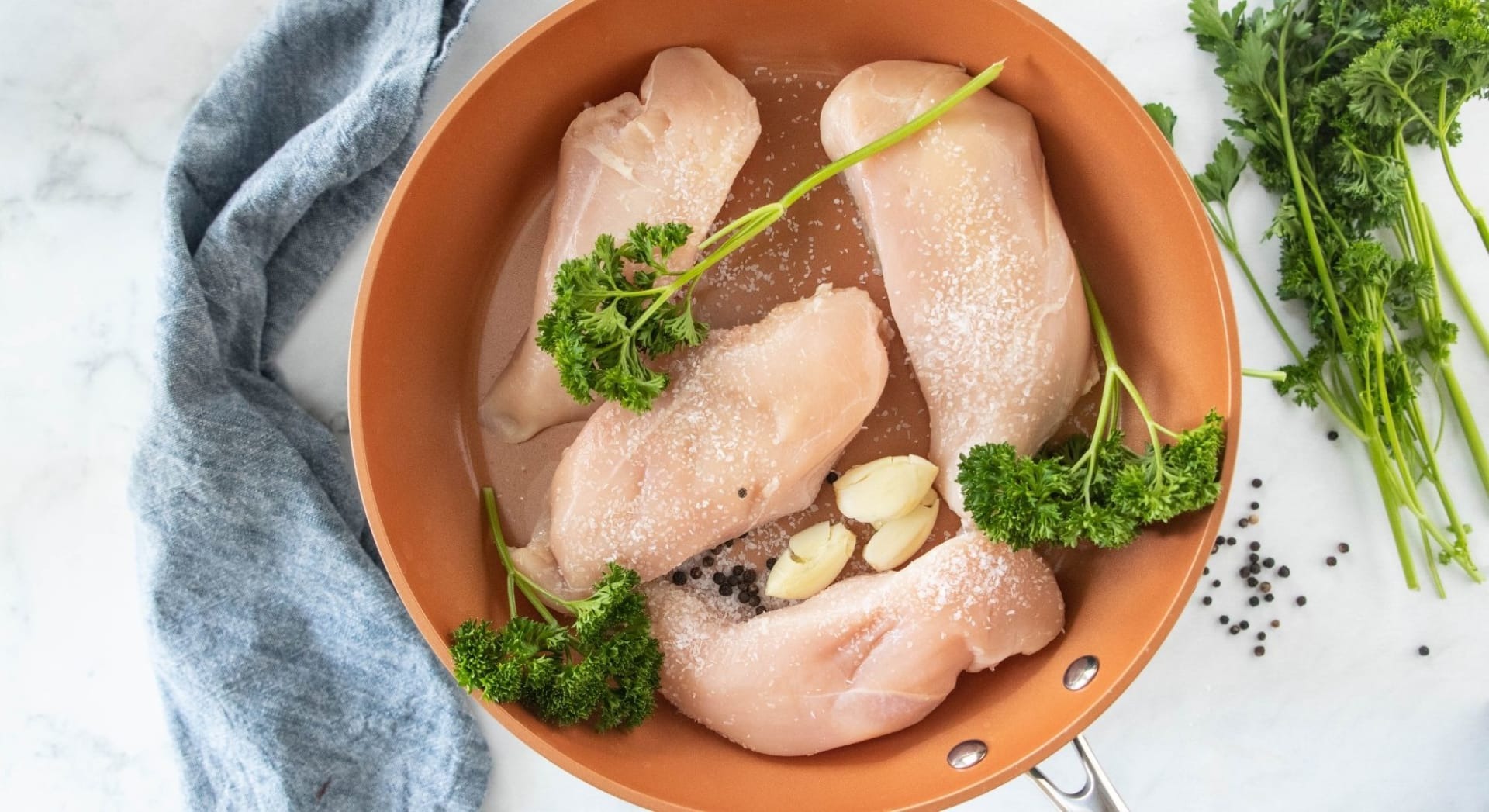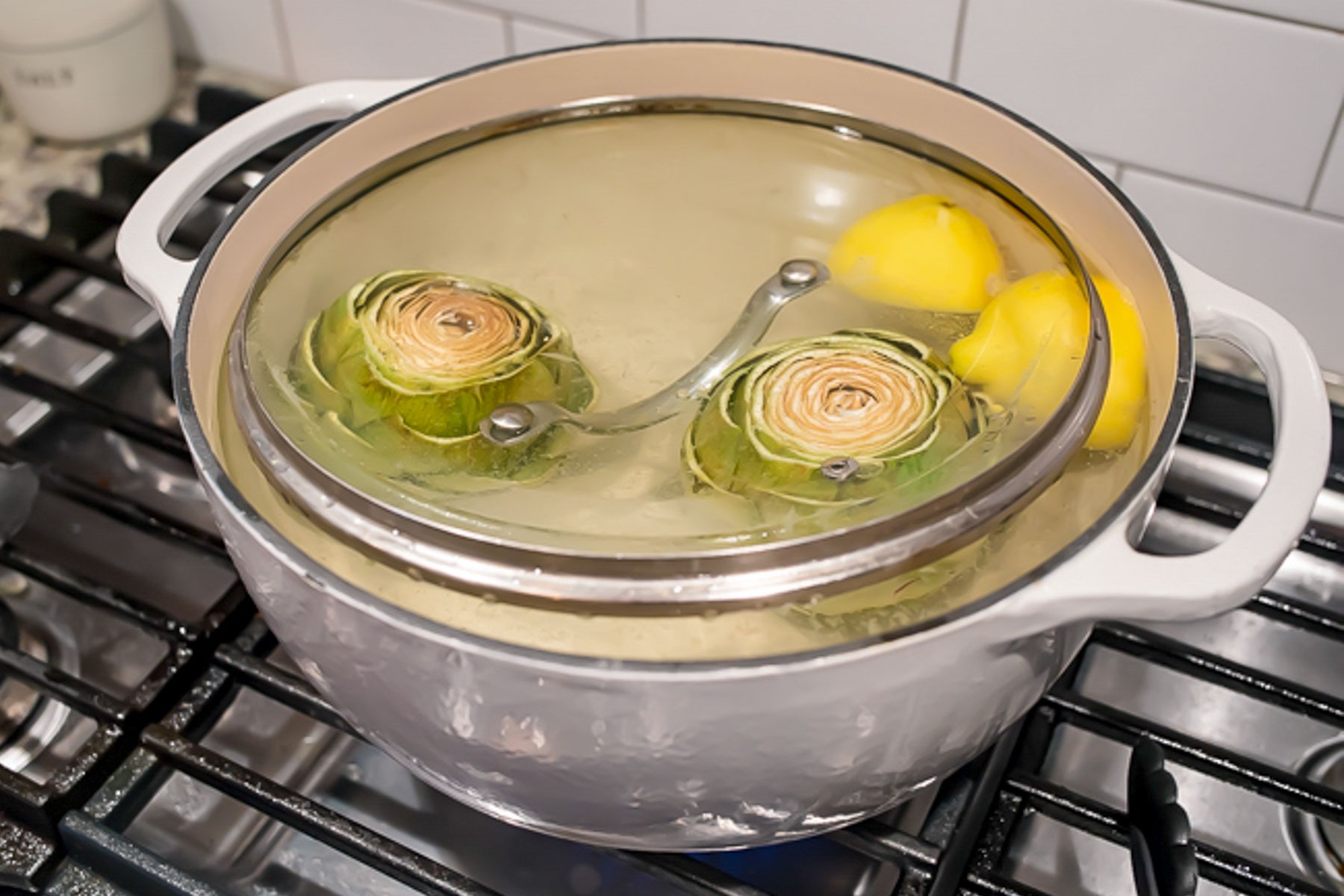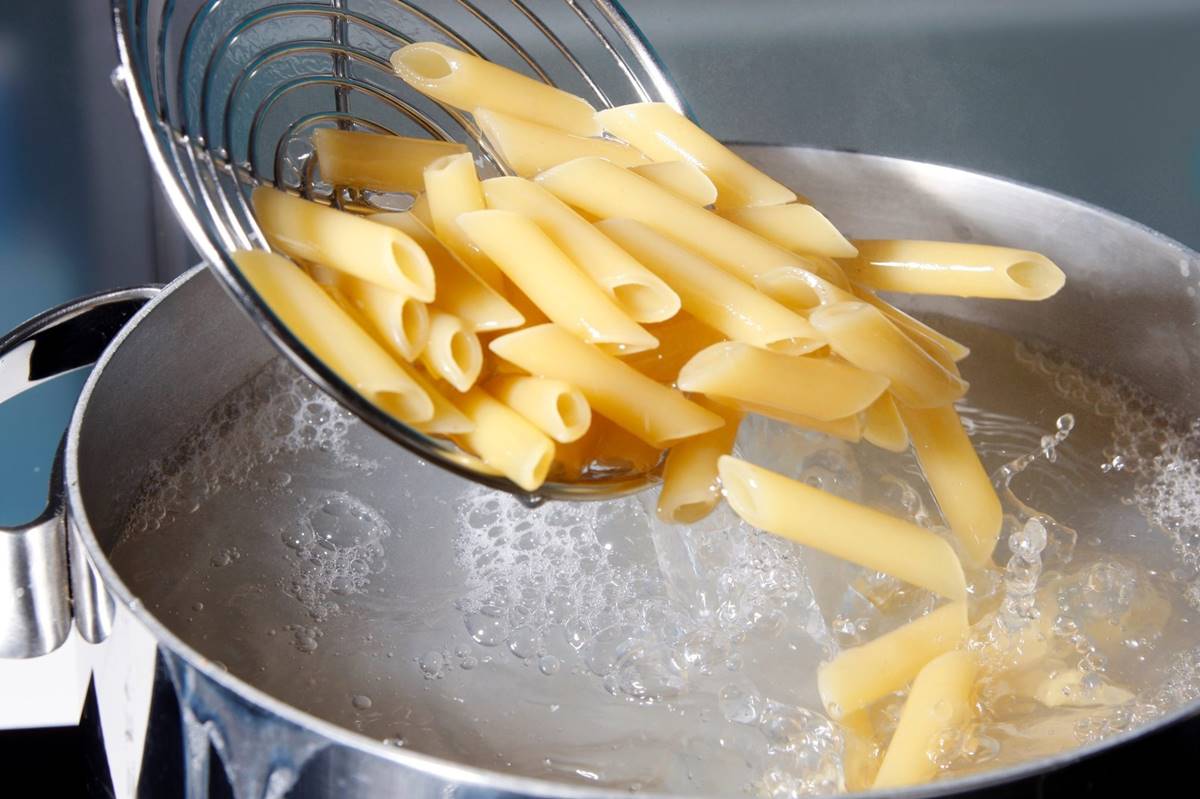Cracking the Code: Boiling Fresh Eggs with Shell-Sticking Solutions
There’s nothing quite as disappointing as peeling a hard-boiled egg, only to find bits of stuck shell clinging stubbornly to the smooth surface. But fear not, fellow egg enthusiasts! We’ve got the insider tips to help you boil fresh eggs without the shell sticking.
Whether you’re making a delicious egg salad, deviled eggs, or simply enjoying a quick and protein-packed snack, a perfectly boiled egg with an easily peelable shell is key. Let’s dive into the secrets of achieving egg boiling success!
1. Start with Fresh Eggs
Using fresh eggs is essential for easy peeling. As eggs age, their pH levels rise, making the inner membrane adhere more strongly to the shell. So, if possible, opt for eggs that are a week or two old rather than those that have been sitting in your fridge for a month.
2. Gentle Introduction
Start with room temperature eggs to minimize shell sticking. Cold eggs can cause a rapid expansion of air inside the shell, making it more likely to break during boiling.
3. Perfect Preparation
Handle your eggs with care to avoid any initial cracks, which can lead to shell sticking. Gently tap the egg on a hard surface and roll it between your palms to loosen the shell before boiling.
Pro Tip: Adding a teaspoon of salt or vinegar to the boiling water can help prevent cracks and promote easy shell removal.
4. The Boiling Point
Place your eggs in a saucepan and cover them with cold water, making sure they are fully submerged. Slowly bring the water to a rolling boil over medium heat.
Pro Tip: For easier peeling, add a pinch of baking soda to the water. The alkaline properties of baking soda can help make the shell less adherent to the egg white.
5. Timing is Key
Timing is crucial when it comes to boiling eggs. For perfectly hard-boiled eggs with a slightly creamy yolk, let them simmer for about 9-12 minutes.
Pro Tip: To achieve a softer yolk, reduce the cooking time by 1-2 minutes.
6. Ice Bath Escape
After the desired cooking time, immediately transfer the eggs to an ice bath to stop the cooking process and cool them down rapidly. This shock helps to separate the egg white from the shell, making peeling a breeze.
Pro Tip: Gently tap the eggs on a hard surface and roll them once more in your palms while they’re submerged in the ice bath. This further loosens the shell and aids in easy peeling.
7. A Helping Hand
For stubborn shells, you can lend a helping hand by lightly cracking the egg at the wider end and peeling from there. The air pocket at the bottom of the egg makes it easier to start removing the shell.
Pro Tip: Running the peeled eggs under cold water can also facilitate shell removal.
8. Practice Makes Perfect
Remember, practice makes perfect. Don’t get discouraged if you don’t achieve the perfect peel on your first attempt. Each egg is unique, and with time, you’ll become an expert at boiling fresh eggs without the shell sticking.
Conclusion
With these tips in your culinary arsenal, you’re now equipped to boil fresh eggs without the pesky shell sticking. From proper preparation to precise cooking times, each step plays a vital role in achieving egg-peeling glory.
So go ahead, cook up a batch of perfectly boiled eggs and enjoy their golden yolks without the hassle of stubborn shell pieces clinging for dear life!
For anyone following the guide on how to boil fresh eggs without the shell sticking, there are several recipes to try that will let your perfectly boiled eggs shine. They can start with the Classic Deviled Eggs, a timeless dish that highlights the simplicity and elegance of a well-boiled egg. Next up, Egg Salad Sandwich is perfect for a quick, tasty lunch. For those who enjoy a hearty salad, the Cobb Salad and Spinach and Hard-Boiled Egg Salad are excellent choices, combining fresh ingredients with the rich flavor of boiled eggs. If you're feeling adventurous, the Scotch Eggs provide a satisfying crunch and savory taste. Breakfast lovers can opt for the Breakfast Burrito with Hard-Boiled Eggs, a filling and delicious way to start the day. Each of these recipes not only showcases your skill in boiling the perfect egg but also offers a variety of flavors and textures to enjoy.
Was this page helpful?
Read Next: How To Boil Baby Carrots
